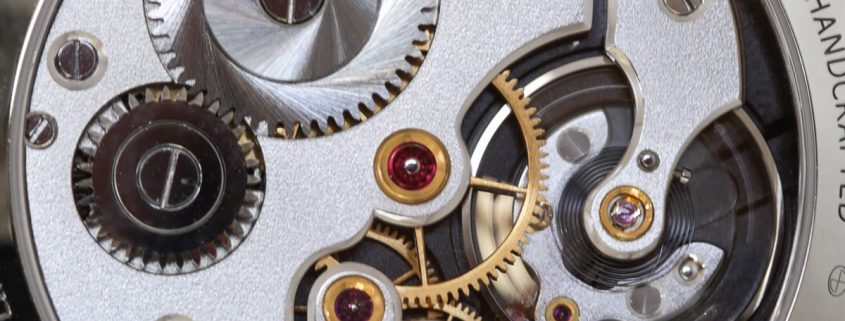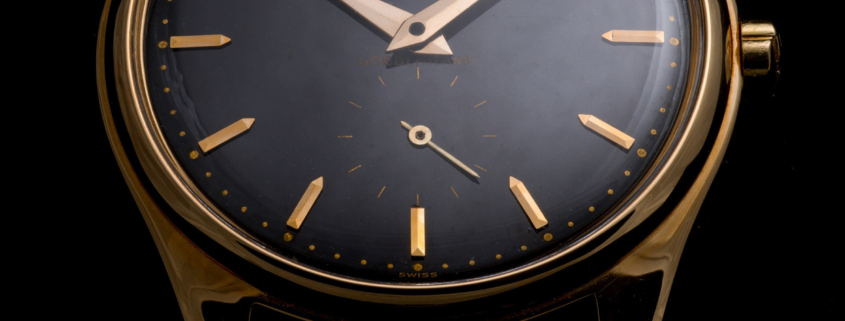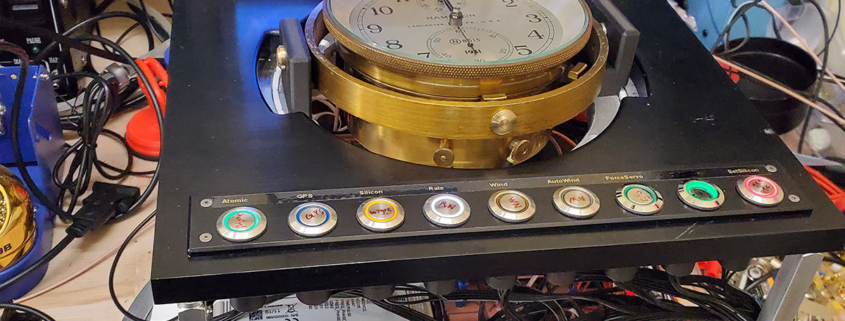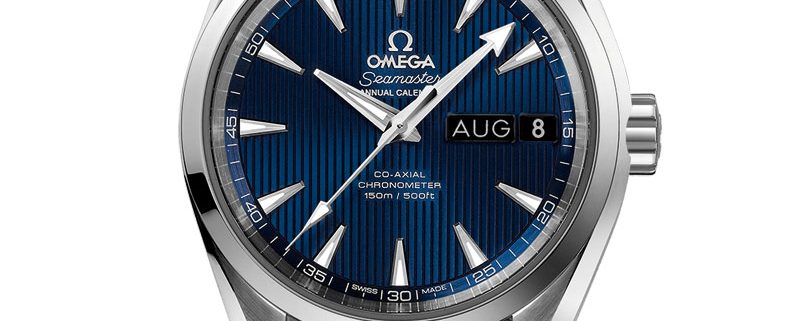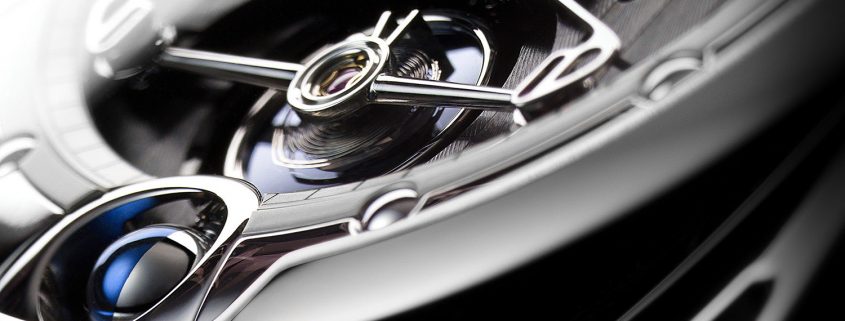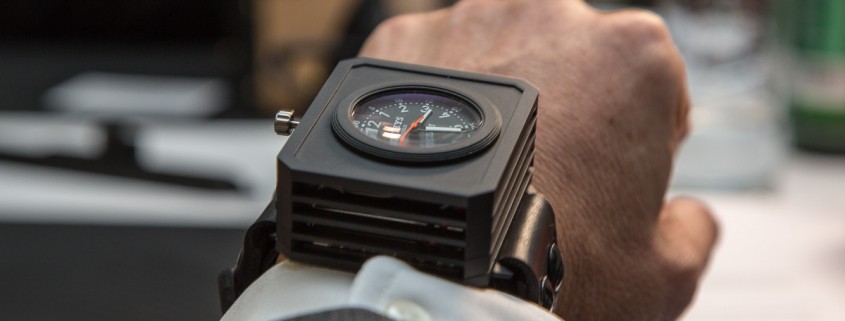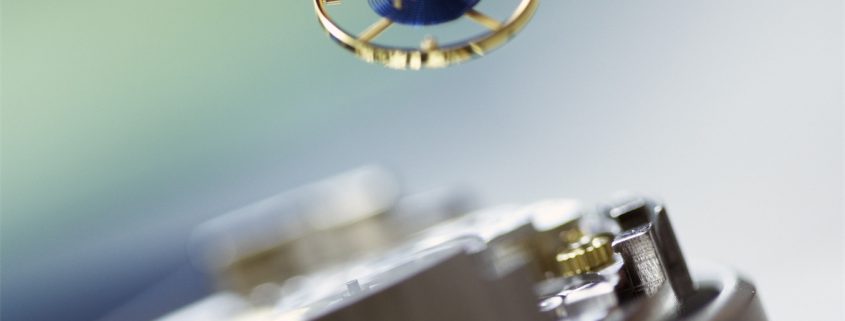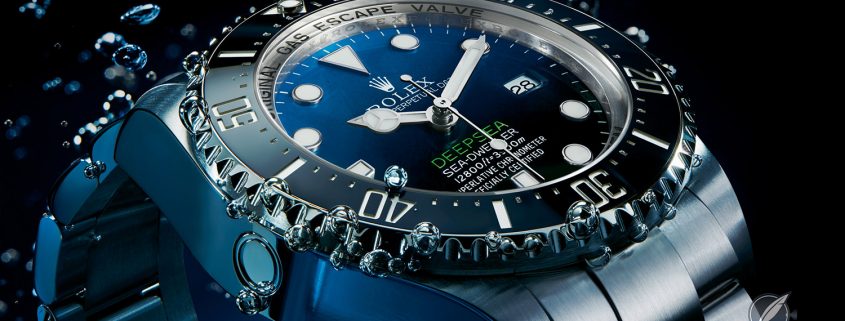The Number Of Jewels In A Watch Movement Indicates Value, Or Does It It? A Myth Debunked – Reprise
Does anyone really care how many jewels their watch has? Watchmaker Ashton Tracy thinks that you’d be surprised how many people do as they’ve been duped by a vintage practice of announcing the amount of movement jewels on watch dials. What is the real story here?

